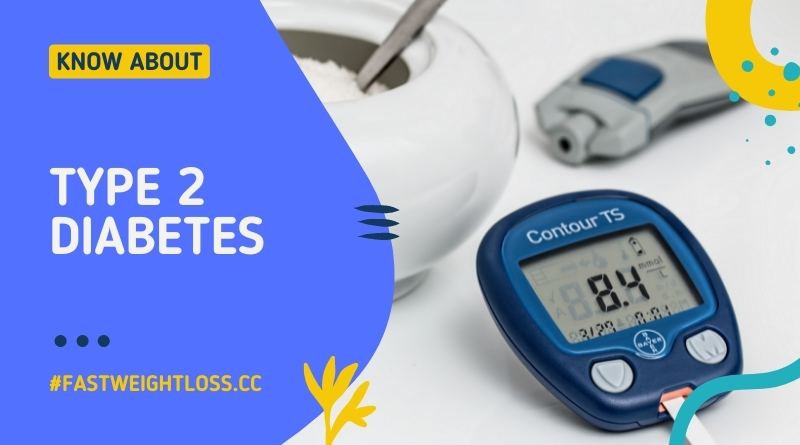Type 2 diabetes is the most common type of diabetes – about 90% of people with diagnosed diabetes suffer from type 2 diabetes. It most commonly affects people older than 40 years of age and the number of patients including children is rapidly rising, while the World Health Organization projects that the number of diabetics will double until 2025. Type 2 is less severe than type 1 diabetes but if left untreated it can cause severe health risks and can be life-threatening as well.
Why some people develop type 2 diabetes and the other do not is not yet completely understood, while factors which increase the risk for type 2 diabetes are overweight, inadequate physical activity, age (people older than 40 years of age), some races and ethnical groups (African-American, Hispanics, Native American and Asian-Americans), family history of type 2 diabetes and women with history of gestational diabetes. Type 2 diabetes is caused by failure of the body to respond to its own insulin – often referred as insulin resistance or failure of the pancreas to produce required amounts of insulin which leads to increased glucose blood levels. Unlike type 1 diabetes, type 2 diabetes develops gradually and besides increased blood sugar levels there might be no other signs and symptoms. Thus many people were diagnosed with type 2 diabetes with random blood sugar tests. Symptoms which might occur in type 2 diabetes are similar to those in type 1 diabetes: frequent urination and extreme thirst, unexplained weight loss, extreme hunger, fatigue, blurred vision and poorly healing wounds.
Like type 1 diabetes, type 2 diabetes requires treatment – taking of one or more medications, healthy diet and regular exercise and monitoring of blood sugar levels.
















Add Comment